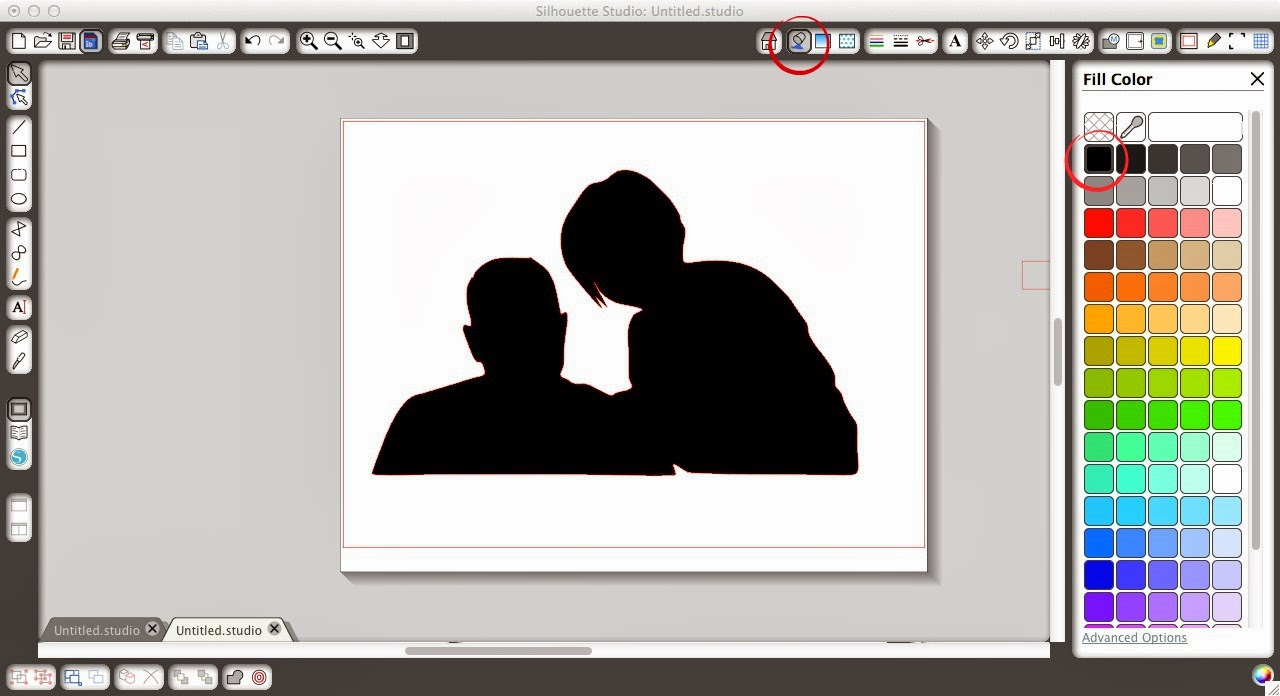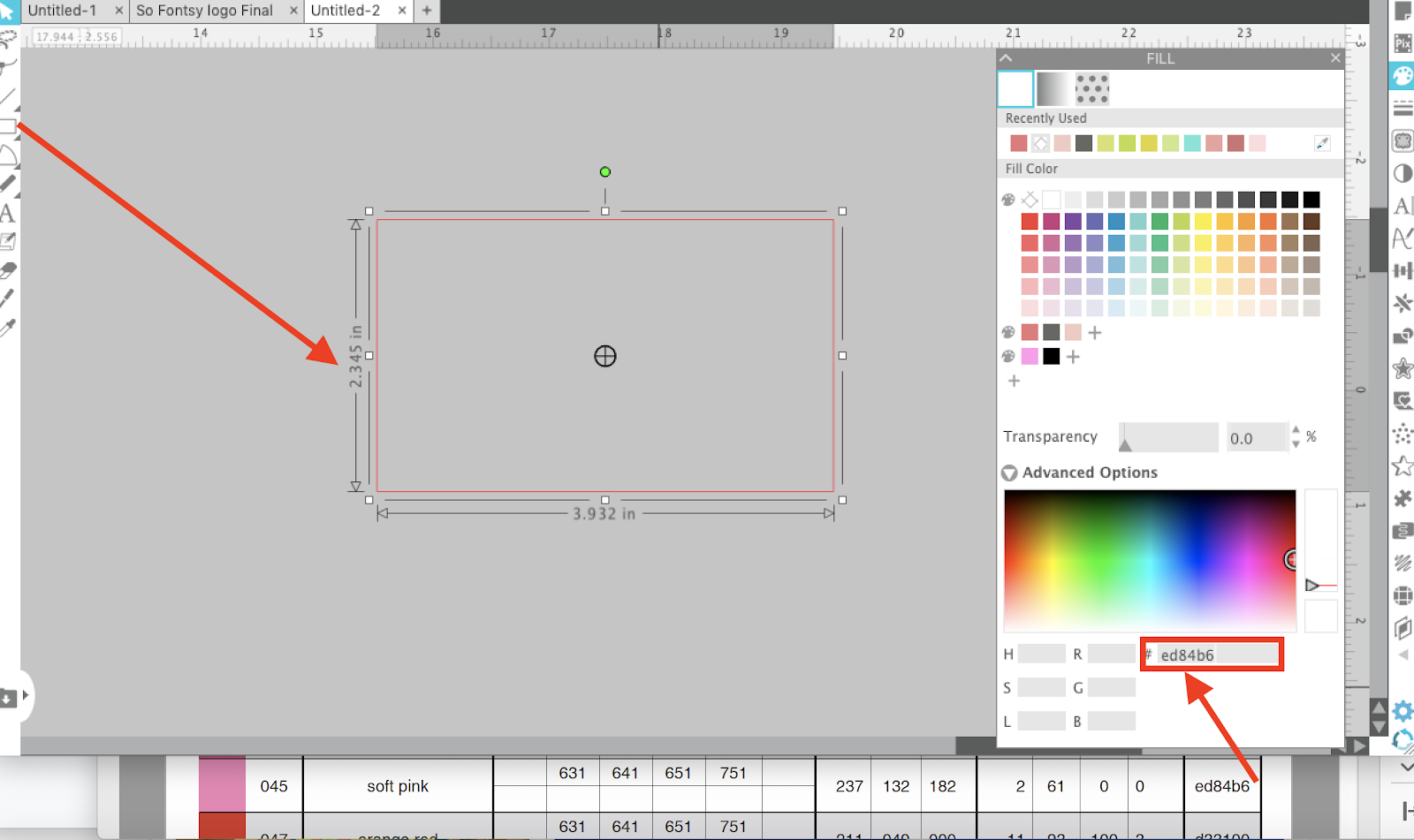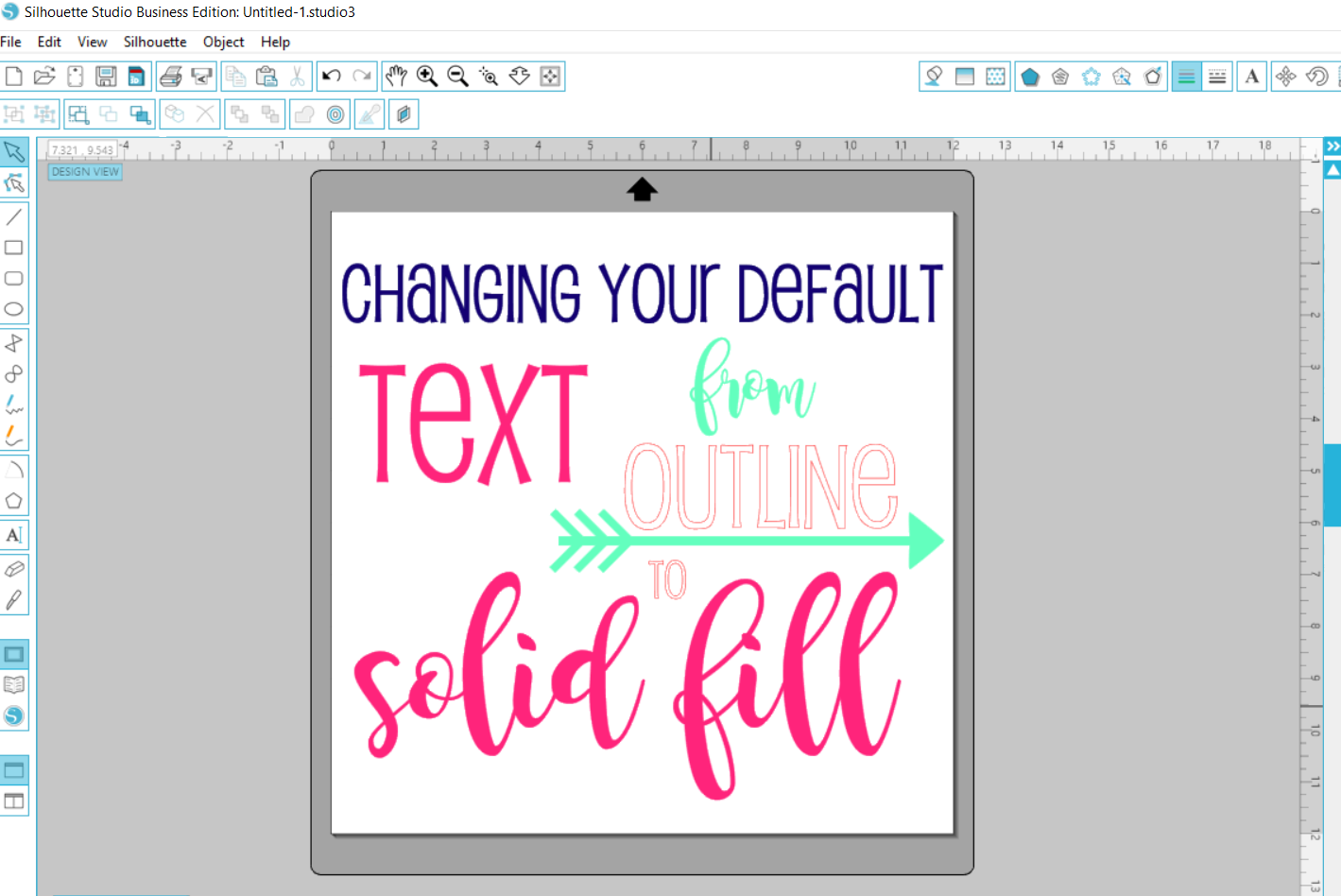

So, if you’re experiencing prints that are on the light site or a little bit washed out, try setting your printer to the highest quality print setting. Standard), my colors are richer and more saturated.

For my inkjet printer, which is a Canon Pixma iX6520, one option that makes a noticeable difference in my results is the Print Quality option. Different brands of printers offer different print preferences and options, so what you see in your printer dialog window will be different than what I see in mine, unless we have the same printer. Your printers preference and options window will pop up when you click to print, and making changes to certain settings in this area that can make a big difference in your print results. Since Silhouette Studio offers less color management options than other design software, if you’re getting less than stellar print results when printing for print & cut projects, you can use some other tricks to adjust your image for better color results.
#SILHOUETTE STUDIO FILL COLOR SOFTWARE#
In Silhouette Studio, you don’t have the ability to switch between color modes like you do in design software like Adobe Photoshop and Adobe Illustrator, but you can import clipart and images in either of the color modes and work with them in Studio. Different colors in this system are created by subtracting and mixing different variations of the four pigments, so the more pigment you subtract, the lighter the color or tone will be (in other words, lighter colors absorb less and reflect more), and when you subtract the max amount of all of the four pigments, you end up with the color white, which reflects all color and doesn’t absorb any.īecause printed surfaces like paper and fabric don’t emit light, colors in the CMYK system don’t tend to be as bright or vivid as colors on the screen, and the overall color range is more limited than the RGB system is. This is because black absorbs all color, so you can throw the max amounts of cyan, magenta, yellow, and black in there, and black will absorb them all.

You can see on the image above (right), in the center area where all of the colors overlap at their highest intensity, the color that you get is black. Another name for it could be an “absorbative” system. The CMYK color system is what is called a “subtractive” system and is based on pigments and how they’re either absorbed into or reflected off of a surface. Because RGB colors are communicated via light, the RGB color mode includes many super bright and vivid colors that you cannot get with the CMYK color mode, so the RGB spectrum offers a larger range of colors overall. So, you can see in the image above (left), in the center area where all of the colors overlap at their highest intensity, the color that you get is white. The more light that you add, the lighter the color will be. It’s called an “additive” system because the different colors are created by adding and mixing different variations of red, green, and blue light together. In this video in my Silhouette Print & Cut tutorial series, I’ll share some tips for getting better print results when printing from Silhouette Studio.įirst up, I talk a little bit about the two major color modes that you’ll encounter when working with any design software, and those modes are RGB (Red / Green / Blue) and CMYK (Cyan / Magenta / Yellow / Key (Black)).


 0 kommentar(er)
0 kommentar(er)
